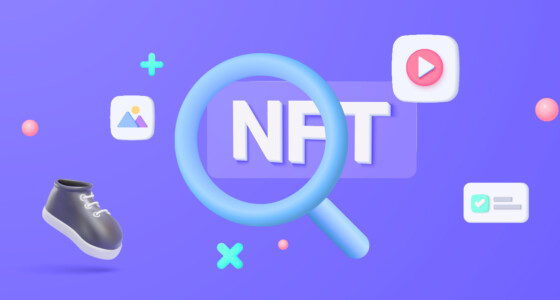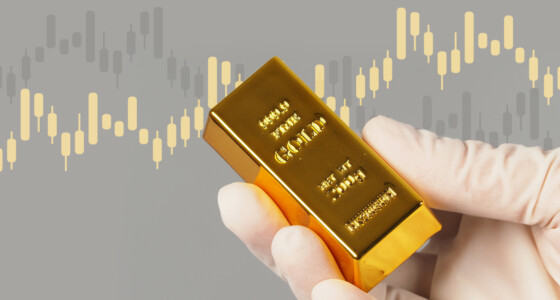

As an investor looking to diversify your portfolio, consider investing in commodities. Commodities like gold, silver, oil, and agricultural goods can provide strong returns and balance risk. The key is understanding how to invest in commodities in real time to capitalize on market moves.
Real-time commodity investing does come with risks like volatility and leverage. Still, with the proper education and risk management, you can gain exposure to this asset class and benefit from its non-correlated returns. If you want to invest in commodities on your terms, real-time trading platforms give you the control and flexibility to build a portfolio tailored to your needs.
Why Invest in Commodities? The Role of Commodities in Your Portfolio
Commodities are raw materials and primary goods that are essential for economic activity and human consumption. Investing in commodities like gold, silver, oil, wheat, or corn can diversify portfolios since they tend to move independently from traditional asset classes like stocks and bonds.
Supply and demand fundamentals often influence commodity prices rather than market sentiment or company performance. When inflation rises or the dollar declines in value, commodity investments can potentially appreciate and offset losses in other areas of a portfolio. So, commodities should be considered for investors looking to diversify their portfolios and gain exposure to real assets.
Ways to Invest in Commodities
The two primary ways to invest in commodities are:
- Futures contracts – Legally binding agreements to buy or sell a particular commodity at a predetermined price at a future date. Futures allow exposure to price movements without taking physical delivery of the commodity.
- Commodity ETFs or ETNs – Exposure to a basket of commodity futures or physical commodities. It is easier to trade than futures but may have higher fees.
Commodities are volatile investments, so a long-term holding period of 5-10 years or more is recommended. Commodity investments should comprise only a small percentage, around 5-10%, of a well-diversified investment portfolio. While past performance is no guarantee of future results, commodities have the potential to provide strong returns and hedge against inflation over the long run.
How to Invest in Commodities Futures
To invest in commodities futures in real-time, you have several options to consider:
Open a Brokerage Account
A brokerage account allows you to trade commodities futures. Major brokers like TD Ameritrade, E*Trade, and Charles Schwab all offer platforms to trade futures. You’ll need to fund the account and be approved for futures trading based on your investment experience and risk tolerance.
Choose a Commodity
Research to determine which commodity you want to invest in, such as crude oil, natural gas, gold, silver, corn, wheat, soybeans, coffee, sugar, etc. Consider factors like supply and demand, geopolitical events, weather, and the economy to determine if prices may rise or fall.
Select Buy or Sell Contracts
Decide whether you want to buy (go long) or sell (go short) futures contracts of your chosen commodity. If you think prices will rise, buy contracts to profit from price appreciation potentially. If you think prices will fall, sell contracts to profit from declining prices potentially.
Manage Your Position
So, investing in real-time commodities futures is possible if you follow these steps, do thorough research, and actively manage your positions. So, you can invest in commodities futures in real-time by following these steps, conducting thorough research, and actively managing your positions. Start small to learn, and use stop-loss orders to limit downside risk. With experience, you’ll learn to profit from price moves in commodities.

Investing in Real-Time Commodities Prices Using ETFs and ETNs
Investing in real-time commodities like gold, silver, or oil allows you to capitalize on short-term price fluctuations. Rather than buying and holding physical commodities or futures contracts, exchange-traded funds (ETFs) and exchange-traded notes (ETNs) provide exposure to commodity prices without taking physical delivery.
ETFs and ETNs
ETFs and ETNs are traded on stock exchanges so that you can buy and sell them instantly during market hours based on real-time commodity price changes. ETFs hold physical commodities or futures contracts as assets, while ETNs are debt instruments that track an index. Either can be used to invest in commodities like precious metals, energy, agriculture, or livestock.
Popular commodity ETFs and ETNs to consider include:
- GLD and IAU which track the price of gold.
- USO and USL which track the price of crude oil.
- DBA, which tracks a diversified basket of agricultural commodities like corn, wheat, soybeans, and sugar.
- COW, which tracks live cattle futures.
These provide exposure to spot commodity prices without directly trading physical assets or futures. You can place market, limit, and stop-loss orders on ETFs and ETNs to take advantage of short-term price movements in either direction. However, commodities can be very volatile, so only invest money you can afford to lose.
Trading Strategies
Use technical analysis to identify short-term trends, support and resistance levels, and trading opportunities in real-time commodity ETFs and ETNs. Some strategies include:
- Trend following: Buy when prices start trending up and sell when the trend reverses.
- Reversal trading: Buy when prices bounce off key support levels and sell when they hit resistance.
- Momentum trading: Buy when prices accelerate to the upside and sell when momentum slows.
- Pair trading: Compare similar commodity ETFs/ETNs to buy the outperforming one and sell the underperforming one.
With real-time access and active trading, ETFs and ETNs allow you to take advantage of the short-term volatility in commodity markets. However, only experienced traders should attempt short-term or active trading due to the risks involved. For most investors, ETFs and ETNs are best used as longer-term buy-and-hold investments to gain broad exposure to commodities.
Conclusion
So, with the right brokerage and trading platform, real-time commodity investing can open up a new world of opportunity. Monitoring the markets in real-time allows you to spot trends as they happen and jump on board. You can ride the wave of price increases and get out before the market turns. Real-time data and advanced charting tools provide insights into the market psyche and help identify the best entry and exit points. While real-time trading does come with risks, it offers the potential for substantial profit for savvy investors willing to do their homework.







